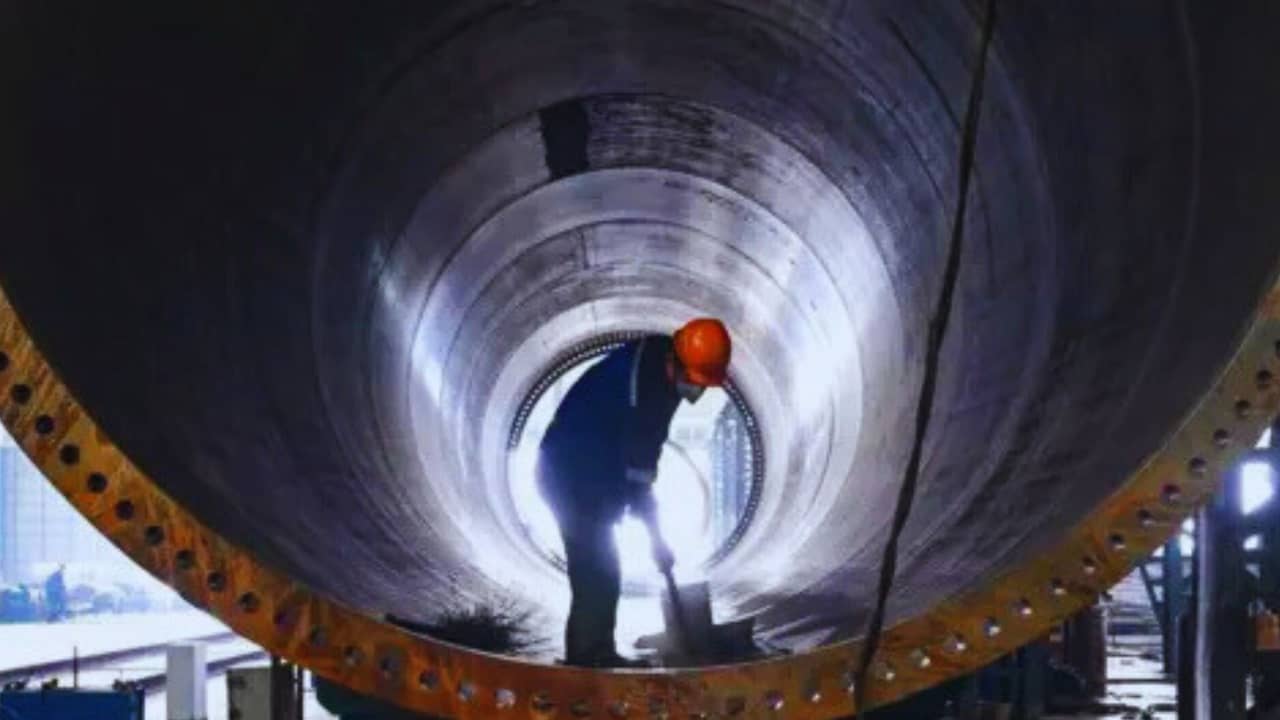China’s Economic Tightrope: Growth Slows as Beijing Scrambles for Solutions
As a news reporter covering China’s economic landscape, I’m here to break down the latest developments in the world’s second-largest economy. The numbers are in, and they paint a picture of a nation grappling with significant challenges.
China’s economy grew by 4.6% in the third quarter compared to last year, according to the National Bureau of Statistics. This marks the slowest growth since early 2023 and falls short of the government’s annual target of “around 5%.” While the figure slightly beat analysts’ expectations, it’s clear that China’s economic engine is sputtering.
Let’s put this in context. For decades, China’s rapid growth has been a driving force in the global economy. But now, several factors are putting the brakes on this powerhouse:
- Property market woes: New home prices dropped faster in September than they have in nearly ten years. This isn’t just bad news for homeowners—it’s a red flag for the entire economy. The property sector has long been a cornerstone of China’s growth.
- Weak consumer confidence: People aren’t spending like they used to. This ripples through every sector of the economy, from retail to manufacturing.
- Business uncertainty is causing companies to be hesitant to invest and expand in the current climate.
Beijing isn’t sitting idle, though. The government has rolled out a series of measures to jumpstart growth:
- The central bank has cut interest rates and made it easier for people to get mortgages.
- There are plans to boost the stock market.
- People are urging banks to lend more to individuals and businesses.
But will it be enough? Experts are divided.
Eswar Prasad, who used to lead the IMF’s China division, thinks the government’s growth target is now “in serious jeopardy.” He believes it would take a massive boost in the last quarter of the year to hit the mark.
On the other hand, Harry Murphy Cruise from Moody’s Analytics holds a more optimistic view. He thinks the stimulus measures could help China reach its goal. However, he cautions that the economy’s underlying problems require deeper changes.
The property market remains the biggest headache. Lynn Song, an economist at ING, points out that new investment in real estate is unlikely to pick up until prices stabilize and there are fewer empty homes on the market. Until then, it’ll keep dragging down growth.
However, there is some optimism. Some economic indicators are showing signs of life. Retail sales and factory output beat expectations in the latest reports. This suggests that parts of the economy are still resilient.
What does this mean for the average Chinese and global citizen?
For Chinese citizens, it could mean a tougher job market and less money in their pockets. Globally, a slowdown in China can ripple out to affect everything from commodity prices to the stock market.
The Chinese government is navigating a delicate situation. They need to boost growth without relying too heavily on debt-fueled spending, which could create problems down the road. It’s a delicate balance, and the world is watching closely.
As we head into the final months of the year, all eyes will be on Beijing’s next moves. Will they double down on stimulus? Or will they take a more cautious approach? The answers to these questions will shape not just China’s economic future but that of the entire world.
In the coming weeks, we’ll be keeping a close watch on key indicators like consumer spending, factory output, and any new policy announcements from the government. Stay tuned for updates as this economic drama unfolds.
